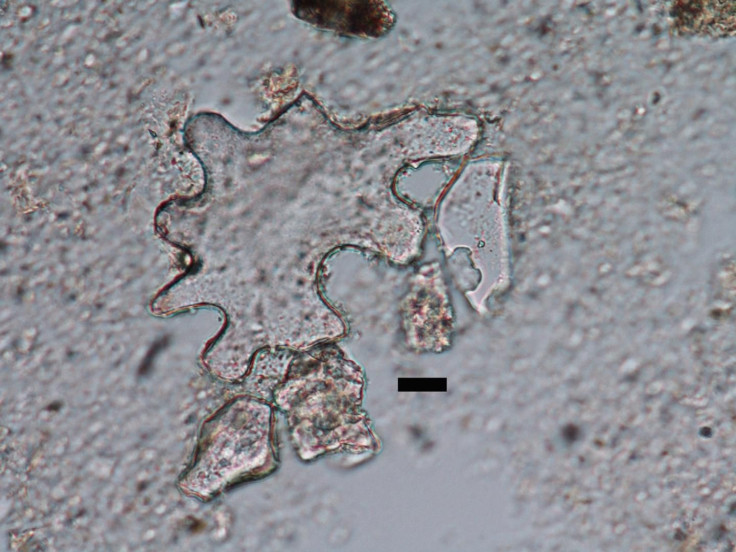50 Million-Year-Old Plant Fossils Reveal Earth’s Changing Landscape, May Help Predict Future Climate Shifts

Scientists are gleaning new information about Earth’s changing environment from the microscopic remains of ancient plants. Plant fossils collected from Patagonia in Argentina dating back to the Eocene period, during which the planet contained little to no ice, have revealed the density of vegetation in the region over time. Documenting the change could help researchers better determine how Earth’s ecosystems evolved over millions of years and perhaps even what’s to come, according to an international team of researchers led by the University of Washington in Seattle.
“Using this method, we can finally quantify in detail how Earth's plant and animal communities have responded to climate change over millions of years, which is vital for forecasting how ecosystems will change under predicted future climate scenarios,” Caroline Strömberg, a professor in biology at the university, said in a statement. The study, published Thursday in the journal Science, is part of a growing body of research exploring what species of plants were alive at certain times in Earth’s history, research that has often involved analyzing fossilized pollen, which contains the genetic material of plant species.
By studying the cell patterns in fossilized bits of plants, scientists were able to determine whether vegetation grew mainly in shade or in the sun, indicating the density of vegetation for a given area. Researchers extracted from the cells microscopic pieces of silica, called phytoliths, and compared them to those of modern environments. The Smithsonian Institute has called phytoliths an archaebotanist’s “best friend” because of their ability to survive in the soil record long after a plant has died and decayed.
Determining the density of tree cover in an area can tell researchers a lot about precipitation, climate and even animal communities. "Knowing an area's vegetation structure … is key for understanding the terrestrial ecosystem,” Regan Dunn, a paleontologist at the UW's Burke Museum of Natural History and Culture and lead author of the study, said in a statement. “Now we have a tool to go and look at a lot of different important intervals in our history where we don't know what happened to the structure of vegetation.”
This is hardly the first time researchers have studied ancient climates using plant fossils. U.S. paleontologist Jack Wolfe pioneered the work during the mid-20th-century by comparing the shape and appearance of modern leaves to their climates. His research laid the groundwork for today’s cutting-edge analysis of ancient vegetation using radiometric dating – figuring out a thing’s age by the amount of decay of its radioactive isotopes.
Other recent work by researchers in California found that by measuring the isotopic oxygen content in fossilized plants, scientists could tell at what temperature the specimen formed. “This method enables climate reconstructions dating back millions of years without the need for ice core samples,” according to researchers from the University of California, Los Angeles.
During the Eocene period, which spanned from roughly 56 million to 34 million years ago, global temperatures soared. Back then, Earth was a lot warmer than it is today, the result of a sudden surge in carbon into the environment, according to a 2011 report from National Geographic. Over time, the Earth “recalibrated,” soaking up excess carbon in the earth, and the climate cooled.
Fast-forward to today, when human activity, most notably the burning of fossil fuels, has led to huge amounts of stored carbon being pumped back into the atmosphere in just a short period of time. "We're taking what took millions of years to accumulate and releasing it in a geologic instant,” U.S. biologist and climatologist James Zachos told National Geographic. “Eventually the system will stick it back into rock, but that will take hundreds of thousands of years."
© Copyright IBTimes 2024. All rights reserved.





















